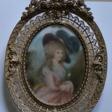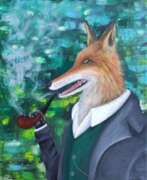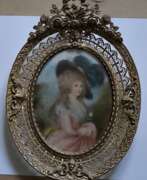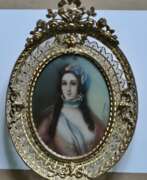Secular portrait
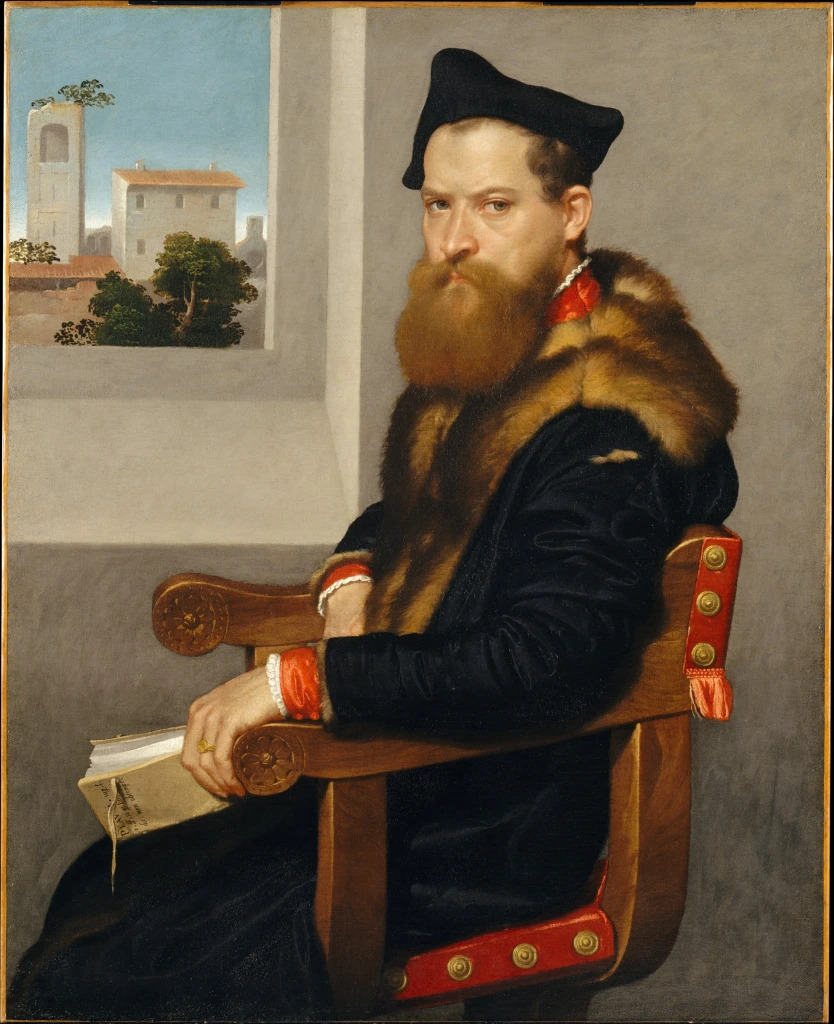
Secular portrait
Secular portrait, a genre that flourished across various eras in art history, depicts non-religious subjects and was particularly significant during the Renaissance and Baroque periods in Europe. These portraits often carried deep personal, political, or social significance. For instance, artists like Sandro Botticelli and Leonardo da Vinci crafted portraits that not only showcased their technical prowess but also served as political or social statements. Botticelli, for example, was known for his ability to integrate Flemish landscape art influences into his portraits, a practice he pioneered in his portrayal of a young man holding a medal of Cosimo de’ Medici around 1474.
Leonardo da Vinci's portrait of Ginevra de Benci, created during his first Florentine period, is another seminal example of secular portraiture. The portrait is believed to have been commissioned by Bernardo Bembo, reflecting both Ginevra’s beauty and the intellectual bond she shared with Bembo, evident in the personal inscriptions and symbols added to the painting.
Throughout history, secular portraits have played various roles, from affirming the authority of rulers to commemorating significant personal milestones like betrothals or marriages. They were not only a means of documentation but also tools of statecraft and personal expression, often carrying intimate or diplomatic significance.
For those interested in exploring the rich tapestry of secular portraiture, works like these provide a fascinating glimpse into the private lives and social contexts of their subjects, making them invaluable both artistically and historically. To stay updated on new insights and upcoming sales or exhibitions related to secular portraits, consider signing up for our newsletter. This will ensure you are always informed about the latest developments in this intriguing field of art.
| Country: | Europe, Russia, Western Europe |
|---|---|
| Start of the period: | XV century |
